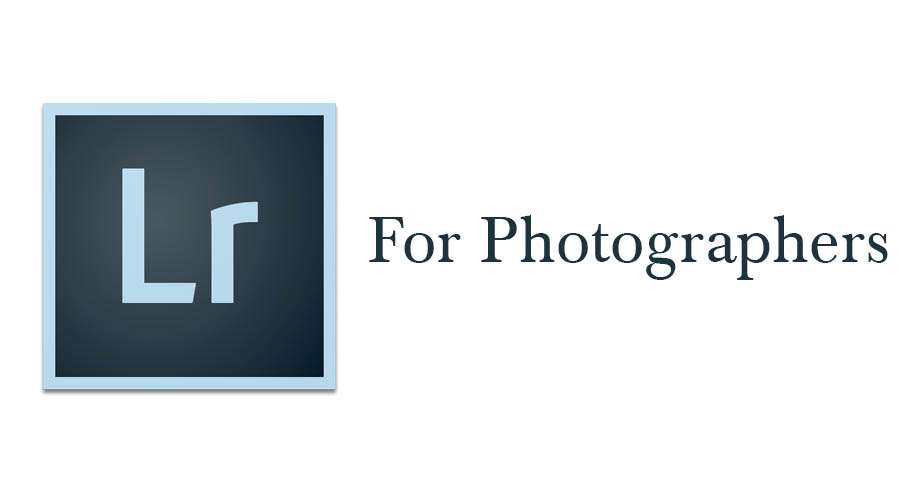How to Organize and Sort Photos
If you’re a digital-only wedding photographer, then sorting and organizing a mountain of photos is easy. After all, the camera has a built in clock and each photo is tagged with the capture time. Film cameras have no such feature. Once you add film into the mix, then sorting and organizing the photos can become a tedious pain. A single wedding might have a pile of film rolls with no obvious way to keep them in chronological order. There is a better way! In the video below, I describe how to organize and sort photos the easy way when shooting film+digital or just film. How to organize and sort photos breaks down into a few simple steps – Number the rolls as you shoot Ask your photo lab to develop…

